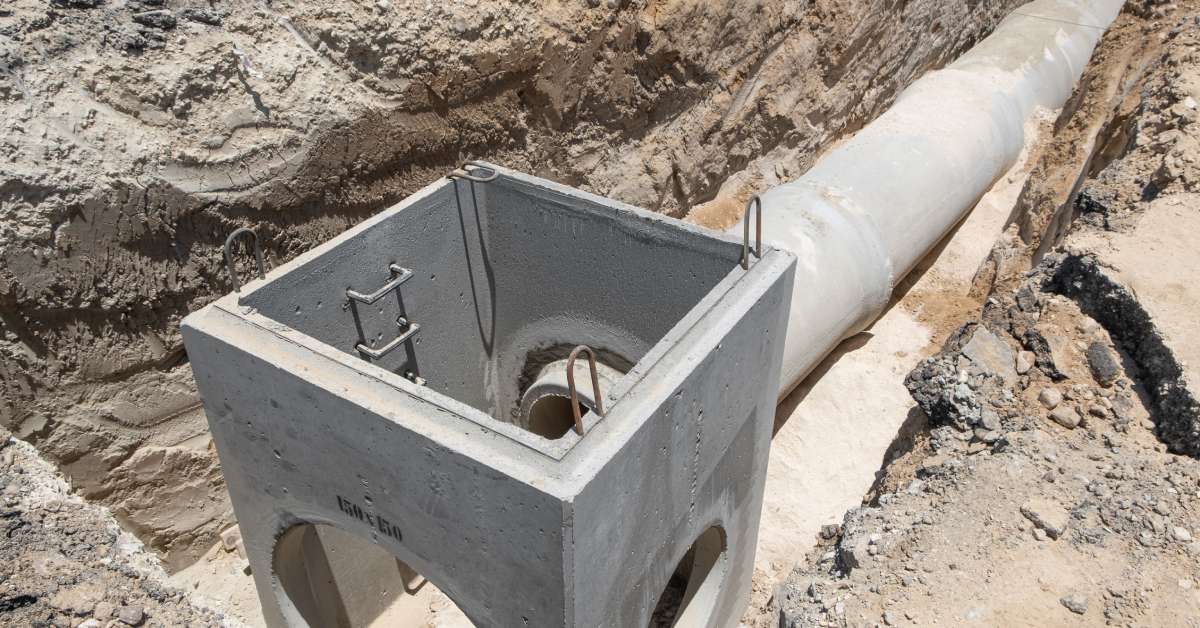What People Need To Know About Municipal Pipelines

Municipal pipelines form the backbone of our urban infrastructure and ensure the efficient transportation of water and waste. For engineers and urban planners, understanding these systems is crucial for the safe and effective management of growing cities. Below, we’re exploring what people need to know about municipal pipelines and how engineers and urban planners can use this information to maintain systems, overcome challenges, and plan for the future.
Introduction to Municipal Pipelines
Municipal pipelines play a critical role in modern urban infrastructure. They transport water and waste, facilitate essential daily activities, and ensure public health standards. Understanding the different types of sewer pipes is key to appreciating their significance, as well as how to maintain their systems and overcome challenges with their use.
Understanding the Types of Sewer Pipes
Knowing the different types of sewer pipes is fundamental for anyone involved in urban development or maintenance. Sewer pipes can be classified based on their material and function. Common materials include concrete, PVC (Polyvinyl Chloride), and HDPE (High-Density Polyethylene). Each of these materials offers unique advantages and disadvantages.
The Role of Engineers and Urban Planners
Engineers and urban planners are pivotal in selecting the appropriate pipe materials for municipal projects. Their decisions must balance cost, durability, and environmental impact to ensure optimal outcomes. For example, while concrete might be selected for its strength, it’s vital to consider its susceptibility to corrosion.
Incorporating innovative solutions is critical when addressing unique urban challenges. Projects like sewer systems that handle stormwater and wastewater demonstrate innovative thinking in pipeline design. Engineers and urban planners must remain adaptable and forward-thinking to ensure their designs meet current needs while anticipating future demands.
Challenges and Solutions in Pipeline Maintenance
Maintaining municipal pipelines presents several challenges, including blockages, leaks, and corrosion. These issues can disrupt services, compromise public health, and incur significant repair costs. However, modern techniques and technologies offer effective solutions to these problems.
Advanced maintenance techniques, such as trenchless technology, allow repairs without extensive excavation. This minimizes disruption and reduces costs. Additionally, regular inspections using CCTV cameras can identify issues before they become major problems. These technologies enable proactive maintenance and extend the lifespan of municipal pipelines.
The Future of Municipal Pipelines
The future of municipal pipelines lies in the continued evolution of materials and technology. Innovations in pipeline materials, such as self-healing concrete and smart pipes, promise to enhance durability and efficiency. Engineers and urban planners must be aware of advancements to incorporate the best solutions into their projects.
After we look at what people need to know about municipal pipelines, we learn their importance for creating functional and sustainable urban spaces. As we look to the future, collaboration and innovation will be key to developing pipelines that support thriving cities.





